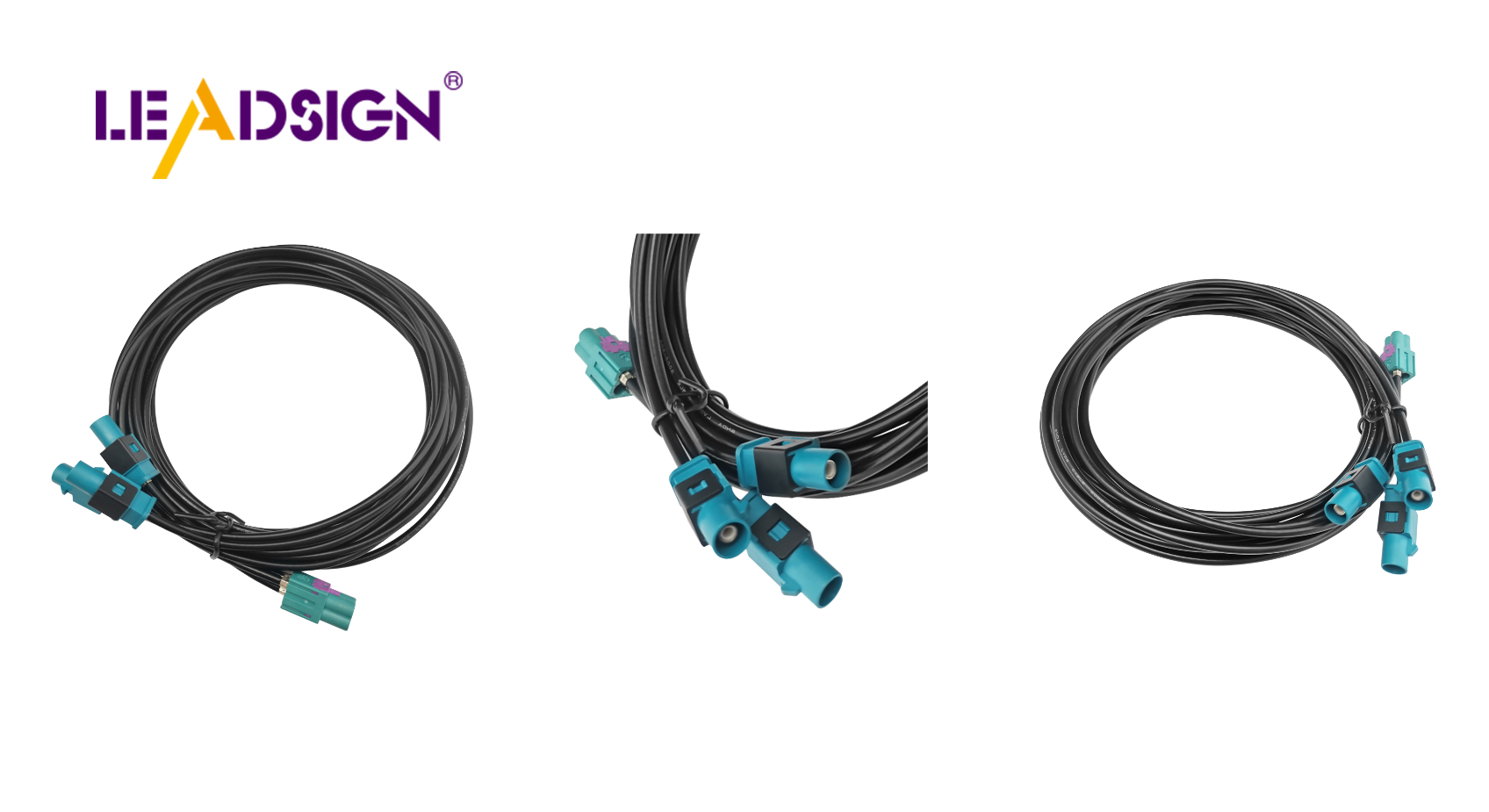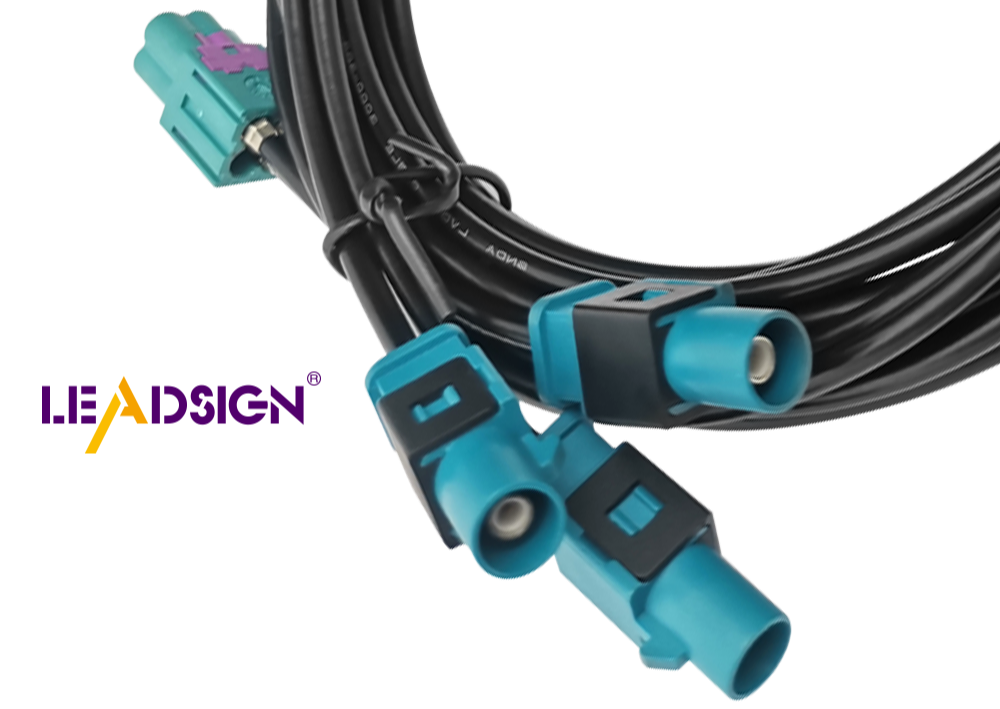Mastering Automotive Wiring Connector Types

Understanding the types of wire connectors automotive is crucial for repairing vehicles. These connectors serve as the backbone of your car's electrical system, facilitating communication between various electronic components. Familiarity with automotive wire connectors can enhance your ability to diagnose and resolve electrical issues effectively. This expertise not only improves your car's performance but also extends its lifespan. It's an invaluable skill for car enthusiasts and mechanics alike.
Overview of Automotive Wiring Connectors
Definition and Purpose
What are Wiring Connectors?
Wiring connectors are key parts of a car's electric system. They join wires together, letting electricity move easily between car parts. These connectors come in many shapes and sizes for different needs. You can find types like pigtail, terminal blocks, and bullet connectors. Each type helps your car's electronic parts talk to each other well.
Why are they Important in Automotive Systems?
In cars, wiring connectors keep everything working right. They help signals move smoothly between systems like the engine and radio. Good connectors stop problems that could cost a lot to fix. Knowing why these connectors matter helps you see how they keep your car running well.
Common Features of Wiring Connectors
Material Composition
The stuff wiring connectors are made from affects how they work. Most are plastic or metal because they handle tough conditions well. Plastic keeps water out, while metal is strong and conducts electricity well. Pick the right material for your car's needs.
Design and Functionality
Wiring connector designs fit specific car needs. Blade and spade types connect quickly, making them popular in cars. They're easy to install and remove for fixes. Some have weather-proof designs for lasting use outside. Knowing these designs helps pick the best connector for your car.
Types of Wire Connectors Automotive

Knowing different wire connectors is key for car electrical work. Each type has special features and uses. Let's look at some common types.
Blade Connectors
Characteristics and Uses
Blade connectors are flat metal pieces that fit into slots. They are used where quick disconnects are needed, like fuse boxes. Their design makes them easy to insert and remove, perfect for areas needing frequent checks.
Advantages and Disadvantages
Advantages:
Easy to use.
Cheap and easy to find.
Good for many car uses.
Disadvantages:
Can get loose if not tight.
Not great in shaky places without extra help.
Pin Connectors
Characteristics and Uses
Pin connectors have a round pin fitting into a socket. They're found in sensors needing strong connections. They ensure signals and power move reliably.
Advantages and Disadvantages
Advantages:
Strong, secure connection.
Good for signals and power.
Hard to unplug by accident.
Disadvantages:
Harder to unplug than blade ones.
Cost more due to detailed design.
Butt Connectors
Characteristics and Uses
Butt connectors join two wires end-to-end. Used when a lasting connection is needed, like in wire bundles. They crimp onto wires for strength.
Advantages and Disadvantages
Advantages:
Strong, lasting link.
Simple with right tools.
Come in sizes for different wires.
Disadvantages:
Hard to take apart once set up.
Need crimping tools to install right.
By knowing these wire connectors, you can choose well when fixing cars. Using good connectors keeps systems working longer, lowering failure risks.
Ring and Spade Connectors
What They Are and How They're Used
Ring and spade connectors are important in car wiring. Ring connectors have a round end that fits over a bolt. This makes them great for grounding wires or connecting to batteries. Spade connectors look like forks. They are easy to put on and take off without removing the screw all the way. This is useful when you need to unplug wires often.
"Using good connectors and tools keeps your car's electric system working well."
Good and Bad Points
Good Points:
Strong Connection: Both ring and spade connectors hold tight, so they don't come loose from shaking.
Easy to Use: Spade connectors can be quickly unplugged, which helps during repairs.
Many Sizes: These come in different sizes for various wires and bolts.
Bad Points:
Takes Time to Install: You must remove the bolt fully to use ring connectors, which takes time.
Might Get Loose: Spade connectors might loosen if not tightened well.
Knowing these wire connector types helps you pick the right one for your car's electric work. The right choice makes sure connections stay strong, helping your car run better.
Picking the Right Connector for Your Car
Choosing the right connector is key for a good car electrical system. The right one helps electricity flow well and makes your car work better. Here’s how to choose wisely.
Things to Think About
Match with Car Model
Make sure connectors fit your car model. Cars have different electric systems, and wrong ones can cause problems. Check your car's manual or ask an expert to find the right wire connectors for your model.
Power Needs
Know your car's power needs. Each connector type handles different electricity levels. Using a weak one can overheat or fail. Check what power your car parts need and pick connectors that handle it.
Installation Tips
Tools You Need
You need the right tools to install connectors well. Here are some important ones:
Wire cutters
Crimping tool
Heat gun (for shrinking tubes)
Multimeter (to test connections)
Having these tools ready makes installing easier and faster.
How-To Steps
Get Wires Ready: Cut off the wire cover at ends you want to join. Make sure wires are clean and not broken.
Pick a Connector: Choose based on wire size and use. Use butt connectors for permanent joins, blade ones where you disconnect often.
Crimp It: Put bare wire in connector, crimp it tight with a tool so wires stay firm.
Use Heat Shrink Tubes: Slide tube over join, heat it up to shrink it down for extra protection from water and shakes.
Check Connection: Test with multimeter to make sure electricity flows well through it.
Follow these steps to put in connectors right, keeping your car's electric system strong and steady. Remember, using good wire connectors not only boosts performance but also helps parts last longer.
Picking the right wiring connectors is very important for your car's electric system. Knowing different types of wire connectors helps your car run well and last longer. This knowledge makes your vehicle work better and live longer.
"Knowing automotive connectors saves time and stops expensive fixes," say Automotive Professionals.
Learn more by reading or talking to experts to know more. Start learning about automotive wiring connectors with smart choices and keep learning.
See Also
Exploring HSD Connectors in Automotive Technology
Navigating Ford Fakra Connectors
The Significance of Fakra Connectors in Today's Cars

